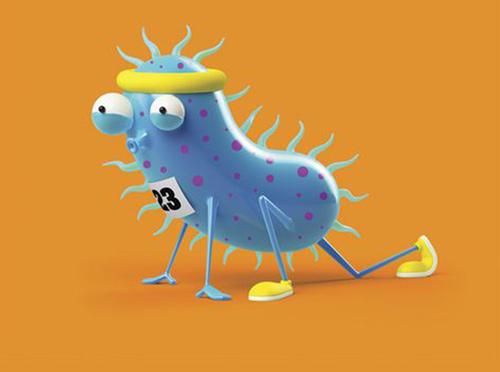You are here
Researchers find bubonic plague fragments on NY subway
By AFP - Feb 07,2015 - Last updated at Feb 07,2015

NEW YORK — It is universally acknowledged that the New York subway is grubby. What may come as a shock is that it contains DNA fragments linked to anthrax and bubonic plague.
Researchers from Cornell University have provided the first map of the subway’s microbes, identifying more than 1,688 types of bacteria and one station that even supports a “marine ecosystem”.
They say the vast majority of the bacteria is harmless to the 1.7 billion people who travel each year on 960 kilometres of track in passenger service in America’s largest city.
But disease-causing bacteria that are resistant to drugs were found in 27 per cent of samples.
Two were found with DNA fragments of anthrax and three with a plasmid associated with bubonic plague, albeit at very low levels.
Yet there has not been a single reported case of the plague in New York since the PathoMap project began in June 2013.
The study’s senior investigator, Christopher Mason, says the research shows the resilience of the human body and that the bacteria is not enough to pose a threat to our health.
“The presence of these microbes and the lack of reported medical cases is truly a testament to our body’s immune system, and our innate ability to continuously adapt to our environment,” he said.
Perhaps most striking is that 48 per cent of the samples matched no known organism, which the study said highlighted “the vast wealth of unknown species that are ubiquitous in urban areas”.
In October 2012, Hurricane Sandy caused havoc across the city and submerged South Ferry Station in Lower Manhattan in ocean water.
Two years later, the majority of bacteria at the station are “more commonly associated with fish species, marine environments or very cold Antarctic environments”, the study found.
It also found that Penn Station, one of New York’s busiest transit hubs, has a vast bacterial ecology that shifts by the hour.
New York has the seventh largest subway in the world in terms of annual ridership, behind Tokyo, Beijing, Moscow and other cities in the Far East, but ahead of Mexico City, Hong Kong and Paris.
Human DNA was only the fourth most abundant species, behind two insects, the Mediterranean fruit fly and the mountain pine beetle.
The researchers say they collected 1,457 DNA samples from all 466 open stations on all 24 lines.
Related Articles
The secret to a healthier life may lie in the guts of elite athletes.Scientists who studied marathon runners discovered a type of bacteria t
In a remote part of the Venezuelan Amazon, scientists have discovered that members of a village isolated from the modern world have the most diverse colonies of bacteria ever reported living in and on the human body.
Weight gain is not just a number on your bathroom scale.A new Stanford study has found that the entire body undergoes changes for the worse


















